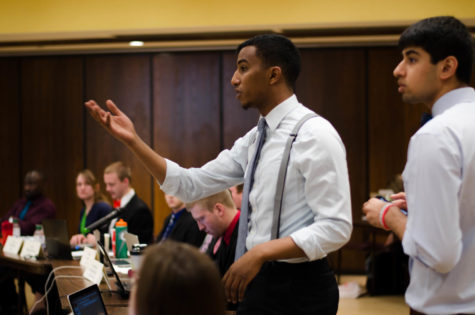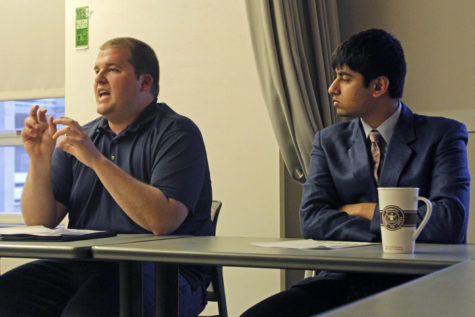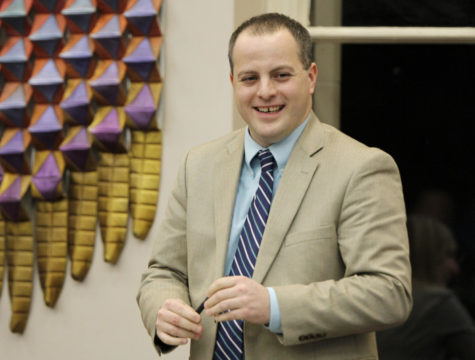Moving truck is coming for Trice
January 15, 1997
A six-foot, six-inch tall, 1,000-pound Iowa State football legend will soon greet Cyclone fans at the football stadium of all places.
A statue of Jack Trice, ISU’s first black student-athlete and the only athlete in Cyclone history to die of injuries sustained during competition, will be moved. The Trice statue is located now between Beardshear and Carver halls.
ISU officials announced late Tuesday that the statue will be removed from campus Jan. 16 and shipped to Connecticut for external preservation and maintenance. The sculpture is scheduled to be placed at its new home this summer. It will be located on the east lawn of the Olsen Building.
John Anderson, interim director of university relations, said, “It’s appropriate that the statue should be placed by the field that is named after him.”
Anderson said the total cost for conservation, relocation and landscaping will be about $35,000. GSB will pay one-third of the cost and ISU will pick up the rest of the tab.
ISU President Martin Jischke was unaware of the decision to move the statue Tuesday afternoon. But Jischke said, “It’s something the students wanted and I’m pleased to be supportive of it.”
The push to relocate the statue was led by Government of the Student Body officials.
In October, GSB senators voted unanimously to recommend that university officials move the statue, which was purchased by GSB in 1988.
Adam Gold, GSB president, said increasing visibility was the main reason for the recommendation.
“We’re very happy with the move,” Gold said. “Making the statue more visible is a great way to honor Jack Trice.”
He said Tuesday’s decision was a sign of the kind of influence GSB can have at the university.
“[This decision] takes GSB to the level of actually doing something, not just shuffling papers,” he said. “Now students can see what we can do.”
Gold said he is hopeful the next step of his plan, to get the name of Jack Trice Field/Cyclone Stadium changed to Jack Trice Stadium, will be influenced by Tuesday’s decision.
“I’m hoping that this is a sign of what’s to come from the administration,” Gold said. “I’m hoping the next step is the name change for the stadium.”
The matter is currently in the hands of a university committee that will make a recommendation to Jischke, who will in turn pass along his recommendation to the state Board of Regents — if he approves. Jischke has not said if he will support a new name.
The regents have the final decision on all name changes at the university.
“If the committee makes the suggestion that the stadium name not be changed,” Gold said, “I think I would then ask to make a presentation to the regents and ask for some research to be done to be sure that is what the students want.”









